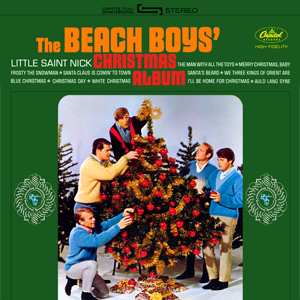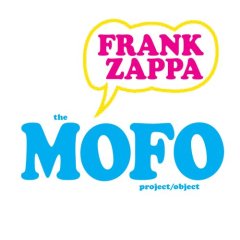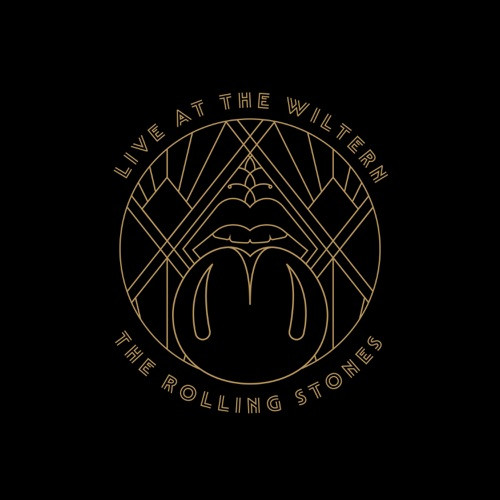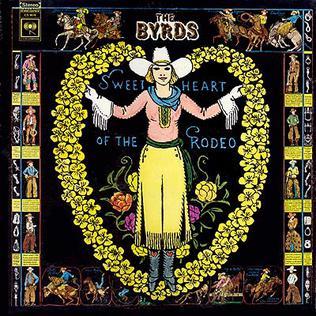
The band undertook a massive tour in support of their worst album to date, during which three of the four members had to be hospitalized, none of whom were Peter Buck. Still, having enjoyed a long absence for a once heavy-traveled combo, they made the most of their time by recording new songs in dressing rooms and at soundchecks. This method had been deployed in the past to some success by Jackson Browne and Lou Reed, but for
New Adventures In Hi-Fi, which arrived just short of a year after
Monster, the band was quick to cite hipper references like Radiohead and Neil Young’s
Time Fades Away.
At just over an hour, it’s too long for a single album, and too short for a double, suggesting that it should have been trimmed by about a third. The opening track, “How The West Was Won And Where It Got Us” doesn’t live up to its title, and how could it? “The Wake-Up Bomb” returns to the glam sound of Monster, “New Test Leper” doesn’t catch hold, and “Undertow” is a noisy jam with lyrics. “E-Bow The Letter” gets its title from the gizmo Peter Buck uses to get the drone sound on his guitar, and a big deal was made by having their idol Patti Smith bleat over the chorus. Despite its melancholy intro, “Leave” is driven by a persistent siren that wears out its welcome as soon as the vocal starts. Unfortunately, it goes for another six minutes, until you’re sick of the riff too.
Things improve slightly on the second half of the album, beginning with “Departure”. One of the first good tracks, it’s also one of the few songs on the album that evokes the feeling of a band on tour, with its expansive riffing and backing vocals taken from “Me In Honey”, and a chorus not too far removed from one of the extended hooks in ELO’s “Do Ya”. “Bittersweet Me” is also very well developed, and made for a good single, even though people weren’t buying those anymore. Like everything else here, “Be Mine” ends up going a little too long, but rumbles around its basic format with enough muffled vocals to be enticing. “Binky The Doormat” has something of a circus sound to it, fitting for a song supposedly inspired by the movie Shakes The Clown. The “choruses” get louder, with a nice balance of Stipe mumbling his words and Mills repeating “go away”. They’d had some decent instrumentals on their albums in the past, but “Zither” should have been left as a B-side. “So Fast, So Numb” seems to be more finger-pointing at either the slacker generation or celebrity casualties, and “Low Desert” brings us back to the water-treading of the first part of the album. At least we end on a high point, with the familiar piano sound of “Electrolite”.
New Adventures In Hi-Fi was a valiant effort to start and finish an album quickly, but it’s hardly a triumph. Besides being too long as a whole, half of the tracks break the five-minute mark. Many of the songs sound unfinished, as if Stipe spewed a bunch of lyrics on top of existing jams after the fact. That might have worked for R.E.M. at one time, but it doesn’t always here. However, they were starting to remember how they used to make records, but we had no way of knowing we’d suspect their best work was behind them.
Since much of the album was recorded live anyway, the eventual expanded edition simply added every track that had been what we still call B-sides from the CD singles, including the surf instrumental “Tricycle”, covers of “Wichita Lineman”, Richard Thompson’s “Wall Of Death”, and the Troggs’ “Love Is All Around” (a perennial Mike Mills favorite), alternate versions of some album tracks, and a few songs that had been parsed out for movie soundtracks. (A more expensive version was housed in a book-style package with a Blu-ray featuring audio-visual extras.)
R.E.M. New Adventures in Hi-Fi (1996)—2½
2021 25th Anniversary Edition: same as 1996, plus 13 extra tracks (Deluxe adds Blu-ray)








:format(jpeg):mode_rgb():quality(90)/discogs-images/R-10428779-1497727410-7722.jpeg.jpg)
:format(jpeg):mode_rgb():quality(90)/discogs-images/R-7748931-1447974697-9918.jpeg.jpg)







